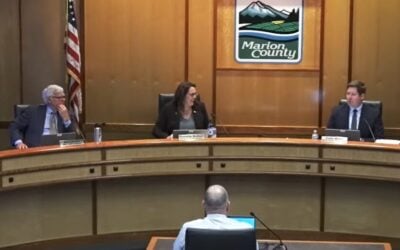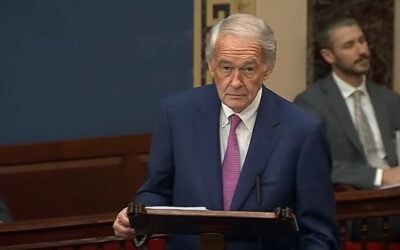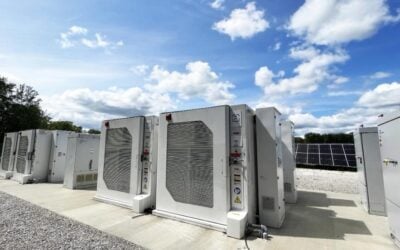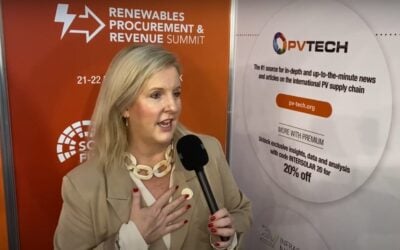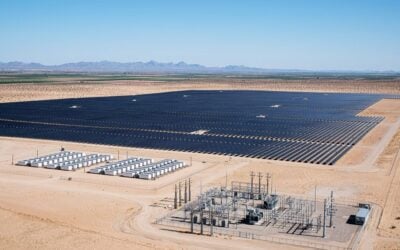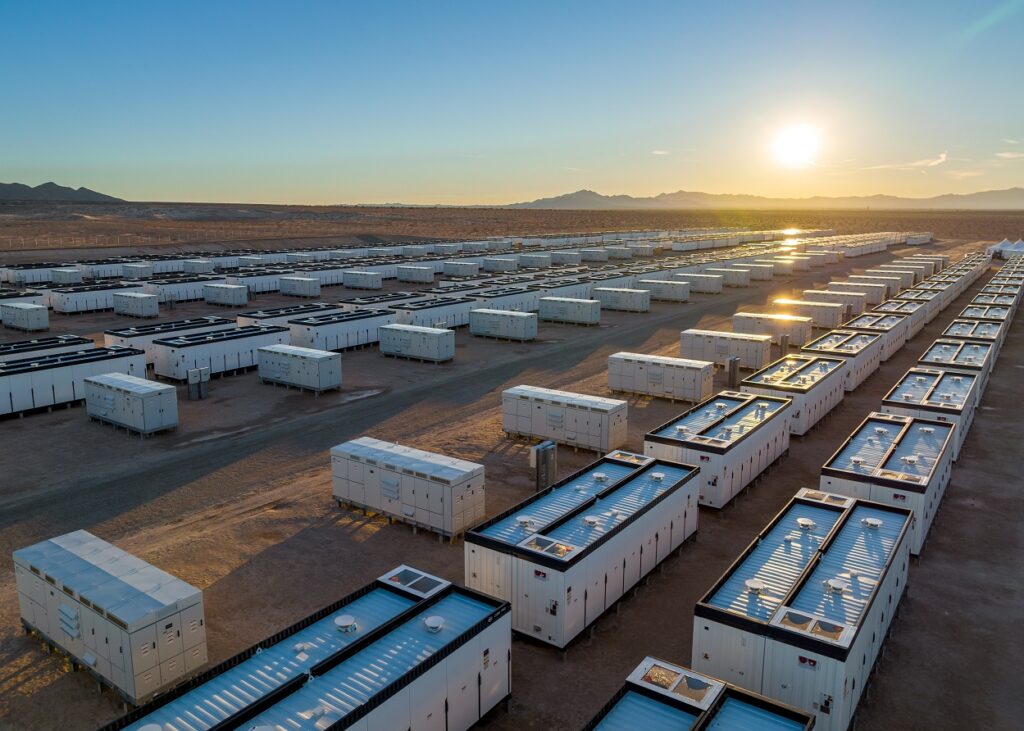
The US’ Inflation Reduction Act (IRA), including the storage investment tax credit, looks to be safe from cuts to maintain the national debt ceiling, according to Wood Mackenzie Power & Renewables.
Following bipartisan political negotiations in May, US lawmakers arrived at a deal, the Fiscal Responsibility Act, signed into law at the beginning of this month by president Joe Biden, meant a raise to the debt ceiling, preventing a historic default.
Enjoy 12 months of exclusive analysis
- Regular insight and analysis of the industry’s biggest developments
- In-depth interviews with the industry’s leading figures
- Annual digital subscription to the PV Tech Power journal
- Discounts on Solar Media’s portfolio of events, in-person and virtual
The Inflation Reduction Act, representing hundreds of billions of dollars in spending and tax incentives, included the introduction of investment tax credits (ITCs) for standalone energy storage. The Act has been widely welcomed by the clean energy industries not just for the dollar value of investment it represents into it, but also for giving them a sense of fiscal certainty over timeline into the 2030s.
It has already been in the firing line of some Republican Representatives that made a legislative attempt to roll back the IRA’s federal support for renewable energy and energy storage in April. However, the Fiscal Responsibility Act ultimately didn’t go in that direction, and in fact included a provision to expedite permitting of large-scale energy storage projects.
Energy-Storage.news asked market research and analysis group Wood Mackenzie Power & Renewables what had been at stake from the debt default talks and subsequent deal, in particular if there had been a genuine shadow of threat for the storage ITC and similar measures.
“Given the position of the Republicans in the debt ceiling fight, it was natural to elevate rhetoric against a spending-heavy bill that was passed in reconciliation. That said, in debt ceiling negotiations in particular, it’s unlikely that big, significant cuts are going to come out,” Wood Mackenzie’s analysts told Energy-Storage.news.
“If you look at the compromises that did come out of the FRA, they’re mostly allowances, adding things to existing programmes like a pipeline approval and work requirements for food stamp programmes. These are still more conservative additions, but they don’t represent attacks on high-profile legislation like the IRA.”
Although there was one direct removal in the form of some increased funding earmarked for the IRS, overall, the IRA’s direct stimulus will likely be “popular enough” in traditionally Republican-voting states. This is because many of those by now have “significant amounts of wind and solar,” and in the case of Texas, significant amounts of energy storage, to make a repeal of the IRA “unlikely,” the analysis firm said.
“By the time there is another debt ceiling negotiation in 2025, the bill will likely be too entrenched to repeal.”
Wood Mackenzie has previously said the IRA’s incentives, which also include production tax credits (PTCs) for domestically manufactured clean energy technologies, as well as adders to the ITC for use of US-made and sourced materials, components and equipment, would turbocharge the US energy storage industry. Last week, in its latest quarterly US Energy Storage Monitor report, the firm predicted that despite a challenging Q1 for the sector, installations will pick up rapidly, with nearly 75GW of energy storage at all scales forecast for deployment in the country between 2023 and 2027.
Permitting reform for projects in federal jurisdiction
As noted in corporate blogs by law firms including Akin Gump and Sullivan & Cromwell as the Fiscal Responsibility Act went through, as well as suspending the debt ceiling to US$31.4 trillion by 1 January 2025, it also streamlines environmental review of energy infrastructure projects and provides accelerated permitting of energy storage projects.
Energy storage projects have been included in an amendment to section 41001(6)(A) of Fixing America’s Surface Transportation Act of 2015 (FAST Act), making them eligible for speeded-up permitting.
However, while that’s broadly a positive, not many real-world projects may be found to be eligible. Wood Mackenzie said applicability is the main issue here.
“The addition of energy storage to the FAST Act applies, under the text of that original bill, to projects subject to the National Environmental Policy Act (NEPA) and ‘is likely to require a total investment of more than US$200,000,000’,” Wood Mackenzie’s team told Energy-Storage.news.
A project worth as much as that, would likely be at least around 500MW in size. Only the very largest handful of projects around the US will fall under the bill’s purview. In addition NEPA permitting requirements govern decisions by federal agencies, whereas in most cases, energy storage projects will fall under state jurisdiction and instead have to comply with state permitting requirements instead.
Wood Mackenzie Power & Renewables said projects that these permitting provisions will apply to, will be those within federally controlled power systems such as Bonneville Power Administration and Tennessee Valley Authority, or on federal land, such as Bureau of Land Management (BLM) land.
“The change will have a positive impact on projects that fit the requirements, but the majority of storage projects right now are both too small for the law to apply and are usually constructed on either private land or utility-owned land,” the analysts said.
Outside of those permitting reforms, “few, if any,” of the Fiscal Responsibility Act’s provisions will “affect the energy storage industry in a material way,” Wood Mackenzie said, emphasising again that “pushing out the next debt ceiling negotiation to 2025 makes it likely that the IRA will be fully entrenched and unable to be used as a bargaining chip in the future”.

